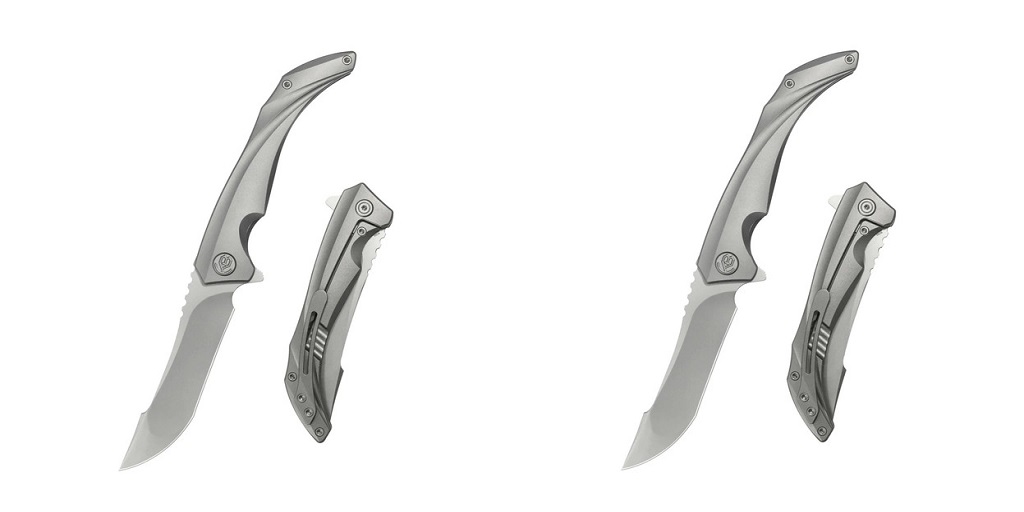Not every folding utility knife has a replaceable blade made from a stainless alloy. In fact, most don’t.
That being the case, you need to know how to properly care for a carbon steel blade so that it will not rust, pit, or otherwise break down.
Fortunately, this is easy enough to accomplish.
Keep It Clean, Dry and Oiled
The easiest and most effective way to protect your folding utility knife’s blade (stainless or not) is just to make sure you keep it clean, dry and oiled.
After use, wipe your blade off or wash it, then wipe it down so no moisture is left on it. Once you are certain the blade is completely dry, you can add a drop of oil to the blade and pivot point, just to keep it from sticking.
Some good oils for this are gun oil, machine oil, mineral oil, and tsubaki oil, a popular, food-safe knife oil. Apply as little as possible and wipe off any excess.
Once you’ve done so, make sure you store your knife somewhere clean, dark, cool, and free of excess humidity.
Force a Patina
Any carbon steel blade without a protective coating will eventually form a patina on its own, gradually, and with normal use. Yet knowing how to induce one at an accelerated rate is one of the best tricks you can have for protecting a folding utility knife with a carbon steel blade.
There are also several ways to force a patina on the carbon steel blade of a folding utility knife. One of the best is simply to soak a towel in warm white vinegar, then let the knife sit for 10 to 20 minutes before removing it, rinsing it, and drying it. You should see the patina form almost immediately.
You can also stick your knife’s blade in a piece of acidic fruit or vegetable, like a potato, onion, apple, or tomato, or just use it to slice up some pickles or peppers. Some people advocate for sticking the blade in a jar of mustard or mayonnaise to get the job done.
Either way, a patina is a thin layer of a “black rust,” an iron oxide that forms under low-oxygen conditions, and which serves as a sort of protective barrier to help prevent the rust on the blade from traveling.
Forming a solid patina on a carbon steel blade is one of the most effective ways to insulate it against corrosion. You’ll still want to keep it clean, dry and potentially oiled, but you don’t need to worry quite as much about rust gaining a foothold or traveling.
Store It Wisely
Lastly, it’s critical that you need to store your folding utility knife in a place that isn’t going to aggravate any pre-existing conditions that would cause rust or any other form of corrosion.
There’s no need to overexplain this: store the knife somewhere cool and dry, free of excess moisture, after you clean it.
One tip: if you store the knife in a closed container or compartment and live in an area that has a lot of humidity, throw a piece of charcoal in there and it should help absorb the moisture in the air to keep the relative humidity low.
Where to Get Your Next Folding Utility Knife
Here because you want to add a new folding utility knife to your collection? Check out what’s in stock over at White Mountain Knives. In addition to a wide range of folding knives with carbon steel blades that would benefit from the suggestions in this post, they also carry a large assortment of fixed and folding knives with stainless blades.
